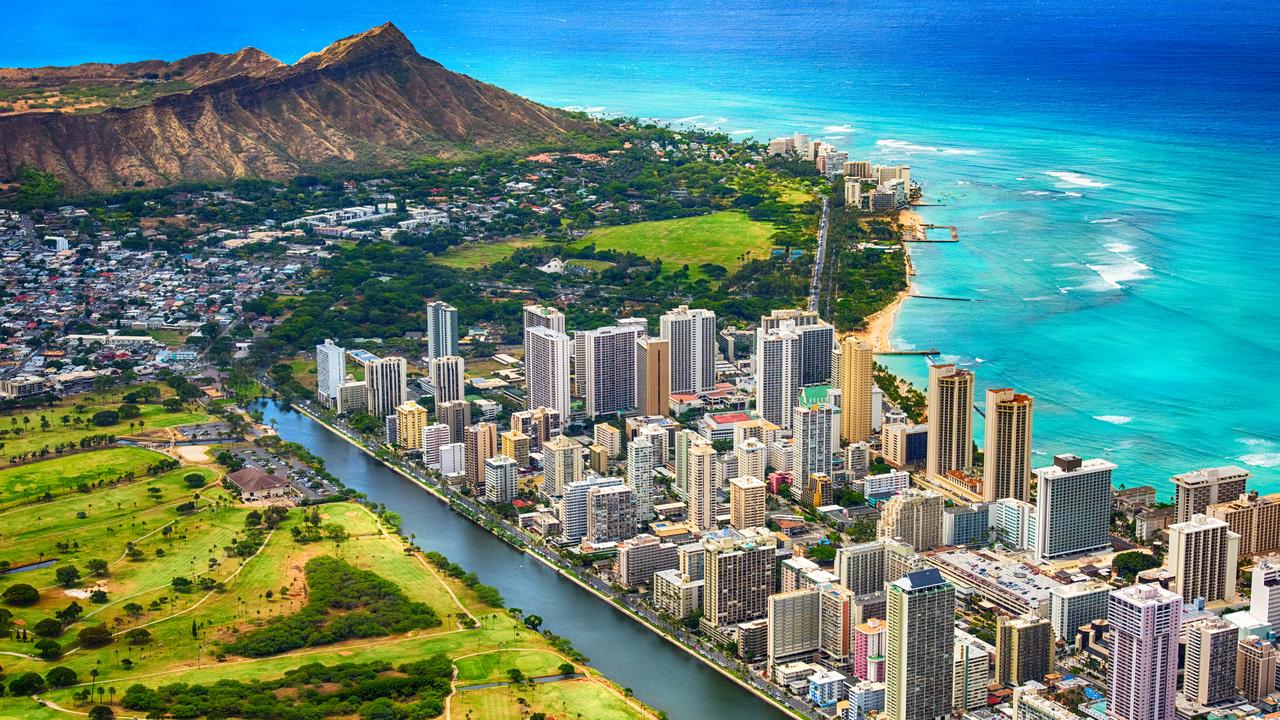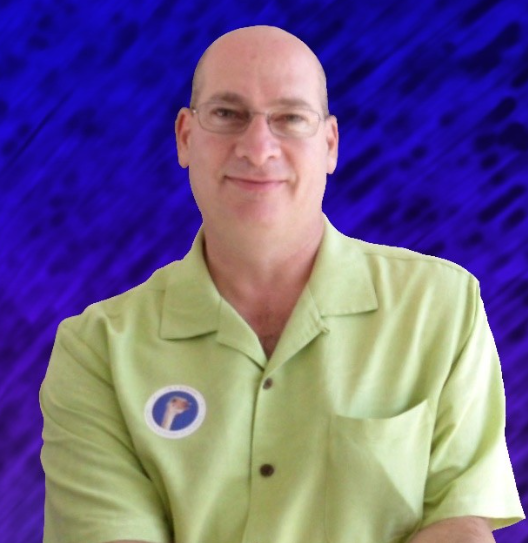IEEE CN Smart Cities Honolulu
What makes a Smart City Smart? Find out what traits Honolulu has which makes the City one of the Smartest.
Smart Cities Honolulu. Find out why Honolulu is one of the top Smart Cities. Smart health, smart water, smart mobility, smart education, smart citizenry, and Smart Connectivity.
Date and Time
Location
Hosts
Registration
-
 Add Event to Calendar
Add Event to Calendar
Loading virtual attendance info...
- Contact Event Hosts
-
Mike Brisbois
708.668.5488
mike.brisbois@ieee.org - Co-sponsored by Energy and Water Development
Speakers
Steven Mesh of Lighting Education & Design
Smart Cities Honolulu
Traits of a “Smart City” include Mobility, Connectivity, Water, Energy, Waste recycling, Health, Populace, and the Government. Wireless communication has prompted a revolution in what you can do in a city. Networked Lighting Control systems (NLCs) have come on strong in the market, but they are usually used in interior spaces. The same wireless technology has opened up new opportunities for cities to get “smarter”. For example, streetlights with wireless communication can certainly create an effective and easy-to-manage network to control and maintain the lights themselves. But once they are part of a networked system, the poles can also be used for a myriad of other purposes. That may include a host of sensors (e.g., temperature, humidity, air quality, background noise levels, pollution, etc.). It may also allow for internet connectivity, or for very specialized functions such as gunshot locators. Networked poles/lights may also help to facilitate emergency operations. For example, it might allow a network to pinpoint someone who needs an ambulance, or help to clear a path for that ambulance in or out of the location in question. There are limitless possibilities once you create a network of elements in the streetscape. This talk will be an introduction to some of these issues. The speaker is an industry-recognized educator on networked lighting control systems.
Biography:
Steve attended Parsons School of Design in New York City and has been a lighting designer and educator for 44 years. He designed the lighting for a wide variety of projects in the U.S. and internationally.
Steve was also the Senior Lighting Program Coordinator at the Pacific Energy Center in San Francisco from 2008-2011. He has been a corporate member of the International Association of Lighting Designers.
He is also a member of the Illuminating Engineering Society and was the IES/Northeast Regional Vice President. For 25 years, he has served on the IES Energy Management Committee which updates national energy codes. Steve has also been a member of the Quality of the Visual Environment committee.
He is an EPA Green Lights Surveyor Ally and has been an AIA Registered Provider, teaching lighting classes to architects. Steve was also part of the development team for the California Advanced Lighting Controls Training Program (CALCTP). He has taught lighting for the past 40 years and has been a Contributing Editor of Building Operating Management magazine.
Steve won an IALD award for the Palm House at Dowling College and an EPRI award for Brower Commons at Rutgers University. Since 1992, he has given several half-, full- and two-day workshops at LightFair and has spoken at Lux Pacifica in New Delhi, India. He is also a private pilot, an Aircraft Owners & Pilots Association “Mentor”, and an Experimental Aircraft Association “Young Eagles pilot”.
Email:
Address:1009 Kapiolani Blvd., #2808, , Honolulu, United States, 96814
Amin Tabe of Quera
Smart Cities Honolulu
In this webinar, Amin will discuss how to manage energy in smart networks, the role of photovoltaic systems, energy storage systems, and the impact of cyber attacks on the stability and dynamic behavior of smart grids, and finally the use of machine learning on how to manage energy before and after cyber attacks on the smart grids.
Biography:
Amin Tabe was born in 1993 in Iran. In 2017, He received a B.S.c degree in electrical engineering from the Islamic Azad University, Bonab branch, Iran. Also, in 2024, and received his M.S.c degree in the field of electrical engineering, power electronics and electric machines from University of Zanjan, Iran. The beginning of his studies at University of Zanjan was a turning point in his life because of meeting different electrical engineering experts.The subject of my master's thesis is in the field of Modeling and Simulation of Hybrid AC/DC Microgrid Power With the Presence of PhotoVoltaic System and Superconducting Magnetic Energy Storage. His research field is in the field of Power Electronics, Power Microgrids, Energy Storage Systems, Photovoltaic Systems, their Modeling and Control, and Machine Learning. He was a Membership in the IEEE Smart Cities Community and Member of the jury committee in the 28th International Electrical Power Distribution Conference in the Renewable Energy and Distributed Generation Part. Also Amin was a member at the University of Zanjan Electrical Engineering Scientific Association. (Deputy secretary and Member of the Central Council university of zanjan electrical engineering Scientific Association from 22 December 2023 to 20 May 2024).
Email:
Address:Iran
Agenda
7:00 pm PDT IEEE Announcements
7:02 pm PDT Introduction of speaker Steven Mesh
7:04 pm PDT Presentation
7:30 pm PDT Speaker Amin Tabe
7:55 pm PDT Q&A
We thank our sponsors
Energy and Water Development
Traits of a Smart City: Mobility, Connectivity, Water, Energy, Waste recycling, Health, Populace, and the government. Flyer REGISTER




